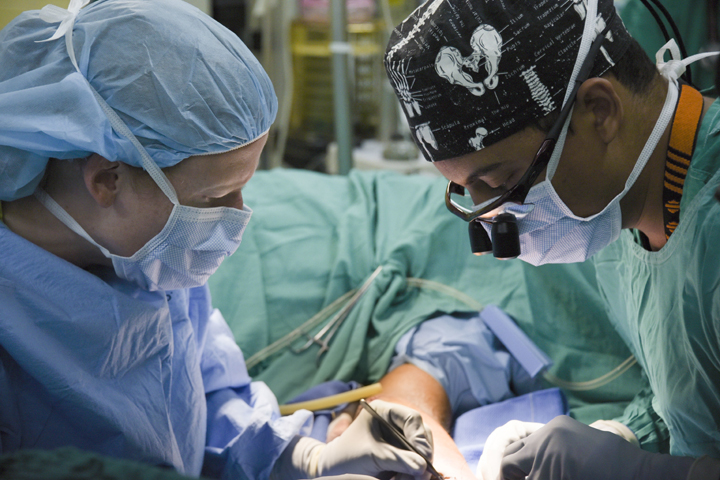Cancer that occurs in the cervix is known as cervical cancer. This cervix is a hollow structure that is cylindrical in shape. It connects the uterus of a woman to the vaginal portion. This type of cancer begins in the surface cells of the cervix and later gets widespread.
With helpful screening tests, it is easier to identify cervical cancer nowadays. But above all, preventive measures have to be taken to avoid the risk of cervical cancer. To understand this type of cancer and how to prevent it, let’s get to the details.
First Signs And Symptoms Of Cervical Cancer
It is possible not to realise cervical cancer in the first stage. Many women do not actually get any direct symptoms. Most of the signs start to appear at the later stages. Also, many tend to mistake the symptoms of cervical cancer as menstrual issues. Therefore, it is of utmost importance to see a gynecologist at the earliest. Your doctor will be able to find out the actual problem with the help of the right tests.
Some of the common symptoms that have been found in patients suffering from cervical cancer are as follows:
- Irregular bleeding especially between the period time, after sex or after menopause.
- Smelly vaginal discharge that is not usual.
- Pelvic pain
- Urge to frequent urination.
- Pain while urinating.
What Causes Cervical Cancer?
In order to understand the preventive measures for cervical cancer one has to have a proper idea of the causes. This type of cancer is mostly caused by a sexually transmitted virus known as HPV. This is the same virus that causes warts in the genital area. But not all types of HPV can cause cervical cancer. HPV-16 and HPV-18 are the most common type that causes cervical cancer.
One has to understand that getting infected with cancer-causing strains of HPV will not always cause cervical cancer. It depends upon the immunity of the person. HPV is the most common risk factor but there are other risk factors such as smoking, obesity, HIV, family history of cervical cancer, taking birth control pills, younger age pregnancy and few more. Identifying the cause leads to the best possible cervical cancer treatment.
Four Best Preventive Methods
- Pap Test– Routine pap test is one of the best ways to identify any abnormal changes in the cervix. This helps the doctors and the patients to take early care and preventive programs to stop the cancerous growth. It is recommended that women must take a pap test after 30 and at least once in every 3 to 5 years.
- Cancer Vaccine– There are certain vaccines to give protection against HPV which is the major cause for cervical cancer. It is better to discuss the vaccination with your doctor before you plan for it. Females aged between 13 and 26 who previously have not been vaccinated or diagnosed with cervical cancer can take the vaccination.
- Have Safe Sex– Women with multiple sexual partners are likely to get HPV more and are prone to the risk of cervical cancer. Also, unprotected sex is a major cause that can transmit the HPV, increasing the risk of this cancer. Therefore, it is essential to be very particular about sex partners. One must maintain hygiene level and take protection before involving in sexual activities.
- No Smoking– Cervical cancer risk increases with smoking. According to research, tobacco by-products can cause the DNA of the cervix cells to damage over time. This later changes to cancerous conditions leading to cervical cancer.
Treatments Available
Radiation therapy, chemotherapy, and surgical treatments are some of the best ways to treat this cancer. Treatments for cervical cancer depend upon the patient’s condition, the spread of the cancer cells and the medical history of the patient. A doctor first finds the cause of cancer and then suggests the most suitable treatment for the patient. So, one must always consult with an experienced doctor before starting treatments.
Early prevention is always the best way to avoid risk completely. Few lifestyle changes and certain good habits can do wonders. Not all signs and symptoms will turn out cervical cancer. But there is no harm in being careful. It is rightly said that prevention is better than cure.












